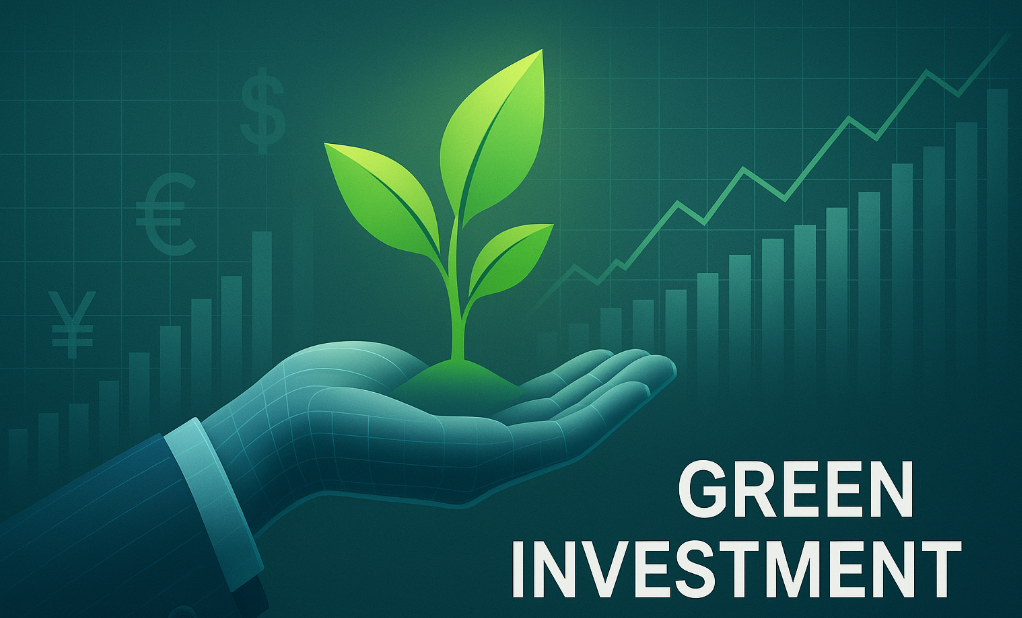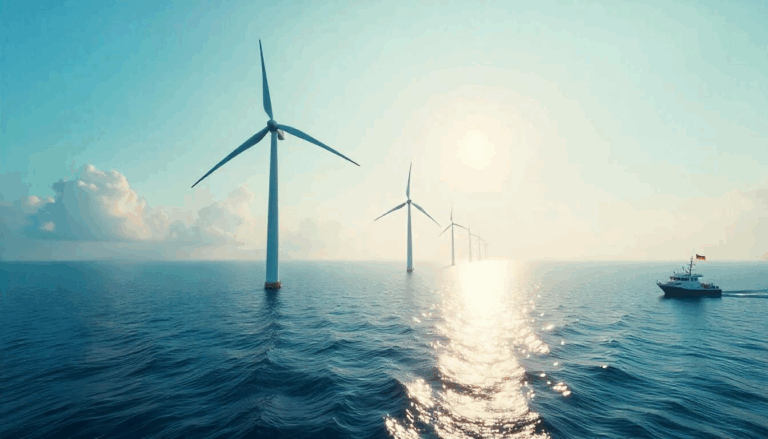Global Clean Energy Investment to Hit Record $2.2 Trillion in 2025, IEA Reports

June 6, 2025— According to the International Energy Agency (IEA), global investment in clean energy technologies—including renewables, nuclear, grids, storage, low-emissions fuels, energy efficiency, and electrification—is projected to reach an all-time high of USD 2.2 trillion (EUR 1.9 trillion) in 2025.
The IEA’s latest report, released today, highlights that this surge in clean energy spending is being driven not only by efforts to cut greenhouse gas emissions but also by growing concerns over energy security, industrial competitiveness, and the cost-effectiveness of electricity-based technologies.
Global Energy Investment to Reach $3.3 Trillion
Total global energy investment in 2025 is expected to climb to USD 3.3 trillion, a 2% increase in real terms over 2024 levels. Of this, approximately USD 1.1 trillion will still be directed toward fossil fuels—including oil, natural gas, and coal—despite the ongoing clean energy transition.
“Amid the geopolitical and economic uncertainties that are clouding the outlook for the energy world, we see energy security coming through as a key driver of the growth in global investment this year,” said IEA Executive Director Fatih Birol.
China Leads the Charge
China continues to lead the world in energy investments, now spending almost as much as the United States and European Union combined. This underscores China’s dominant role in clean energy manufacturing, deployment, and infrastructure.

Solar and Battery Storage Attract Big Capital
Solar PV remains the top destination for energy investment. Total spending on utility-scale and rooftop solar projects is expected to reach USD 450 billion in 2025, more than any other energy technology.
Battery storage is also seeing rapid growth, with investment forecasted to exceed USD 65 billion this year—driven by increasing demand for flexible and resilient energy systems that can accommodate variable renewable power sources.
Grid Investment Lagging Behind
While spending on low-emissions power generation has nearly doubled over the past five years, led primarily by solar, the IEA warns that grid infrastructure investment is falling behind. In 2025, global grid spending is expected to total USD 400 billion, a level the agency says is insufficient.
To safeguard electricity security and manage growing electrification demands, the IEA recommends increasing grid investment to match generation spending by the early 2030s. However, this effort is being delayed by long permitting processes and supply chain bottlenecks—particularly in the availability of key components like transformers and cables.
The IEA’s latest forecast confirms that while global momentum toward clean energy is accelerating, strategic focus on infrastructure, energy security, and permitting reform will be critical to ensuring a balanced and sustainable energy transition.



